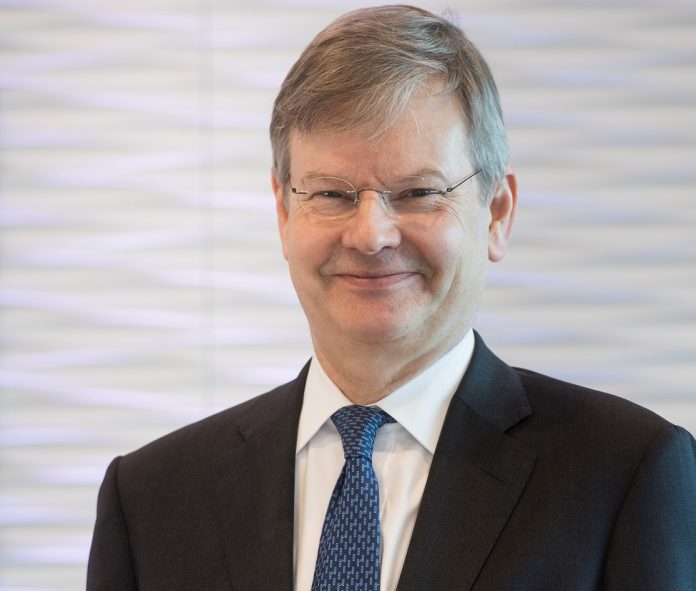Across the world, interest rates are on their way up. The trigger is high inflation. Boosted by supply chain tensions, rising energy prices and expansionary fiscal policy, it has risen above central banks’ targets and is expected to stay above them in 2022. The fact that US inflation measured over 12 months was 7.5% in January is a case in point.
That is not a bad thing. Rising inflation means that economies are returning to normal, almost fifteen years after the collapse of Lehman Brothers. One consequence is that central banks can at long last start reducing monetary stimulus and raise interest rates from their floors at zero or even below zero.
Some central banks have already started doing so. Others, in particular the Fed, are getting ready to join them. Even the ECB can no longer rule out an interest rate hike this year.
But how quickly and by how much will central banks push rates up? A growing chorus of commentators speculates that they will be much quicker this time than on previous occasions. Market are pricing in five interest rates hikes by the Fed in 2022 and some commentators talk about the Fed hiking by 50 basis points, 0.5%, at a time. Even JPMorgan CEO Jamie Dimon, not a noted Fed watcher, thinks the Fed might raise rates six or seven times, presumably in 2022. And markets are pricing a hike this year by the ECB as well.
But while rates are sure to rise, some of these calls are too aggressive. Central banks’ perspectives differ in several ways from these views.
First, many commentators misunderstand the notion of transitory inflation. Since inflation is measured by the change in prices over twelve months, any price shock will impact on inflation for a year unless, by a fluke, an offsetting price shock occurs. Inflation rose sharply between March and June last year. The real test of whether that rise is temporary or not is therefore still to come. That is not a debatable economic theory but a statement of algebra.
Second, they are too sure that inflation is here to stay. Inflation is hard to predict because it is affected so strongly by energy prices that are largely unforecastable.
Of course, energy prices may continue to rise, for instance if geopolitical tensions related to the Ukraine become more acute, pushing up inflation further. But if energy prices were to stop rising, inflation would decline as last year’s price increases drop out of the calculations. And if they fell, inflation would nosedive.
The same argument applies to inflation caused by supply chain pressures. Anecdotal evidence suggest that they are now starting to recede.
Third, these commentators overestimate the effects of tighter policy. Central banks can do little to influence inflation in 2022. As a rule of thumb, tighter monetary policy today will slow spending and economic activity next year, which in turn will reduce inflation in two years’ time. A call for tighter monetary policy now must be based on the conviction that inflation otherwise will be too high in 2024. Central banks are not convinced that that will be the case. Indeed, both the Fed and the ECB predict inflation close to 2% in 2024.
Fourth, they disregard the impact of tighter policy on unemployment. True, unemployment is very low in the US and at the lowest level in the euro area since the creation of the euro. But unemployment could rise quickly if central banks tightened policy by too much and too abruptly. Few central banks would like to see that.
Fifth, the failure to recognise that the ECB interest rate increases in 2008 and 2011 – which with the benefit of hindsight are seen misguided – have pulled the carpet from under those who call from prompt and early action in response to oil-price fuelled increases in inflation in the euro area.
While interest rates are on their way up, they unlikely to rise anywhere close to as quickly as some commentators suggest.











